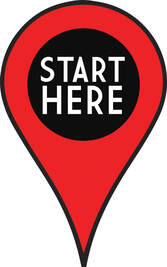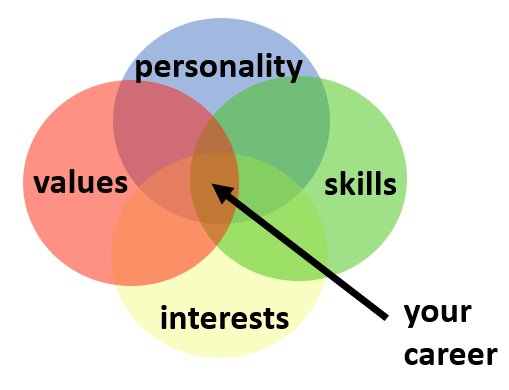I am currently reading the book Designing Your Life: How to Build a Well-Lived, Joyful Life, by Bill Burnett & Dave Evans (see an excellent New York Times review here).
It is a really great read for anyone trying to improve some aspect of their lives: finding the right job, prioritizing your love/family life, doing something that makes a difference in the world, etc...
The book starts out emphasizing the need to Start Where You Are. This centers on the need for a person to figure out where they currently are in their lives and what problem(s) they are trying to solve. A key point here is that you need to focus on the right, actionable problems in your life.
You should avoid tackling what the book terms "gravity problems" or problems that we effectively have no chance of changing because they are systemic (like gravity). This doesn't mean you should tackle a difficult problem but you should address it in an actionable way where your actions have the ability to affect change.
Another key step to moving forward with your problem is addressing "anchor problems". Anchor problems often keep us stuck because we have become anchored to only one ideal solution. This is problematic because that solution may not be obtainable (think, achieving a particular job at a particular company - what are the odds of you achieving this?). Ultimately, to address these problems, you need to reframe them or approach them from a new perspective. Maybe you don't need to land that particular job but you want to do a particular type of work and there are other avenues you could pursue to find a career that is a good fit for you. Be flexible and don't get stuck on only one solution.
You may find work fulfilling but have no time for play, love, and health. So, that might mean you need to address how much time you spend on work and whether you might want to do something different that provides you the free time to spend on the other important aspects of your life. What is a good life and how "full" these four areas of work, health, play, and love need to be to achieve the life you want will vary considerably from person to person.
Once again we come back to starting where you are. What one person might deem a life problem worth solving another might be perfectly OK with. One's "good life" is immensely personal. But you need to understand what that good life looks like for you.
As this blog and my interests focus on career exploration, let's turn to what a "good career" looks like for you. Where do you start?
| At the intersection of your skills, interests, values, and personality lies your ideal career. If you are in the Science Technology Engineering and Mathematics (STEM) fields, myIDP is a great resource to identify your skills and interests and some potential careers that might be a good fit with them. ImaginePhD is another great resource to assess your interests/skills and do some career exploration. Though it is marketed for humanities and social sciences, I find it a useful general tool. |
A key concept from Designing Your Life is to "prototype" your next move...ie, try out a new career before you make the leap. A useful way to begin to learn more about a career and start to measure its fit for you is via informational interviews. Another great way to prototype is to freelance or volunteer, performing the task "on the side" to see how you like it and begin building a portfolio of experience that will help to land a job in that space, should you want to pursue it. Some work is easier to freelance or volunteer for than others. Writing is in high demand from many organizations (think, your professional association and their newsletter). You can also get experience with working with and presenting data (and market yourself as a Data Scientist) via Kaggle and keep your work available on GitHub.

I think this point is especially powerful as people grapple with the fear of making the "wrong" choices in life. It is freeing to know that one choice (or series of choices) doesn't have to define your whole life. The book pushes the idea of creating multiple "Odyssey Plans" for your life. Map out the next five years of your life in radically different ways: 1) pursue certificate in X, 2) intern at company Y, 3) transition to position at company Y OR 1) continue working in area Z while also working on improving writing skills by volunteering with association W, 2) do freelance writing for company D while still working in area Z, 3) move to a full-time writing career OR 1) continue working at company T, 2) take night classes in area U, 3) get promoted to new role at company T, etc.
This activity reinforces the idea that there are multiple viable options available to you in your career and life. I could do A, B, or C and be happy and fulfilled. Having this mindset means that if things don't work out with option A (you realize that career/life choice wasn't the right fit for you), you know you can pivot to option B or C and be equally (or maybe more) happy.
Remember that life is a journey, and there is no one way to undertake it nor one path to follow. With some deep reflection on your skills, values, and interests, you can start researching and planning the multiple paths you could take to achieve fulfillment in your life.
Find more resources on the Designing Your Life website.
And view Bill Burnett's talk on designing your life on YouTube.



 RSS Feed
RSS Feed